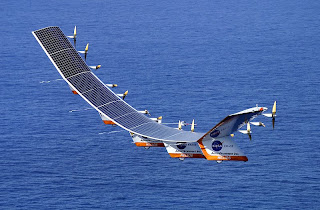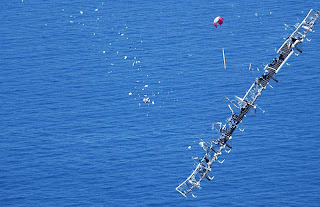Sprint Nextel sent a proposal to Obama's transition team on January 6 asking the government to fund a $2 billion emergency network to improve communication among first responders during disasters.
The system would consist of 100 satellite-based light trucks and 100,000 mobile handsets to be staged at 40 sites around the country. Sprint claims the system could be programmed to be interoperable with existing public safety networks.
Fire on Moore Air Base
A 2,500 acre fire on the former Moore Air Force Base 14 miles northwest of Mission, Texas destroyed four structures, including one aircraft hangar. Initial estimates placed the damage to the base at $10 million.
The Air Force used the base for training pilots off and on between 1941 and 1962, when it was turned over to the U. S. Department of Agriculture to be used as a base for aerial screwworm fly control. It then became known as Moore Air Base. The USDA ceased using the base in 1982 and it is now a private airfield.
Esperanza fire opening statements expected on Thursday
Jury selection in the trial of Raymond Lee Oyler, accused of starting the fire that killed the 5-person USFS engine crew in 2007, is almost complete. An additional 80 jury candidates will be interviewed today, Wednesday, with Thursday being the likely day on which the actual trial will begin with opening statements. Oyler faces the death penalty and has been charged with 45 counts, including five first-degree murder charges.
The Press-Enterprise has been providing excellent coverage of this fire, the fatalities, and the legal proceedings.
Hydrogen-powered UAV may stay aloft for 7 days

The AeroVironment company is developing an unmanned aerial vehicle (UAV) named the Global Observer that will be powered by liquid hydrogen and will be able to cruise at 65,000 feet for up to 7 days. The primary use of the aircraft is for the military, but it may also be used for civilian operations including wildfires--for detection, monitoring, and communications.
AeroVironment, based in Monrovia, California, began testing a prototype of the 8-engine aircraft in 2005. It carries 1,000 pounds of liquid hydrogen which is converted to electric energy by an onboard fuel cell, generating electricity for the 8 ironless-core electric motors.
HERE is a link to a 1 minute 45 second video of a 2005 test flight of the Global Observer.
AeroVironment is the company that created the Helios UAV powered by sunlight and batteries which could stay aloft for days at a time. It had massive amounts of photovoltaic cells embedded on the top of the wings and flew unmanned on solar power alone up to 96,863 feet, setting a record in 2001 for sustained horizontal flight by a winged aircraft. It crashed in 2003 off the coast of Hawaii after encountering turbulence.







No comments:
Post a Comment